Report on the speech Human Dignity in Safavid Paintings in honor of Professor Mais Nazarli
Human Dignity in Safavid Paintings
The International Office for Scientific Collaborations of the Institute for Humanities and Cultural Studies, in cooperation with the National Research University Higher School of Economics and the Ibn Sina Foundation and the Iranian Association of Russian Language and literature, held a virtual lecture on human dignity in Safavid painting. The lecture, which was also translated into Russian at the same time, was held on the evening of Monday, 18th May 2020, from 7:30 pm to 10 pm in the Adobe Connect and Zoom programs, with around 80 participations who was interested in this field of study.
At the beginning of the meeting, Dr. Shokooh Sadat Hosseini (on behalf of the Institute for Humanities and Cultural Studies) welcomed the participants in the webinar and spoke about the history of cooperation between the the Institute for Humanities and Cultural Studies and the Ibn Sina Foundation and the Russian University. Dr. Hadavi (on behalf of the Ibn Sina Foundation - Moscow) spoke about the character of Professor Mais Nazarli and his work in the field of Islamic art, and Dr. Nikitenko (on behalf of the National Research University Higher School of Economics) spoke about Professor Mais Nazarli her colleague at university and told why this lecture was made by this topic. She simultaneously translated all the lecture into Russian language.
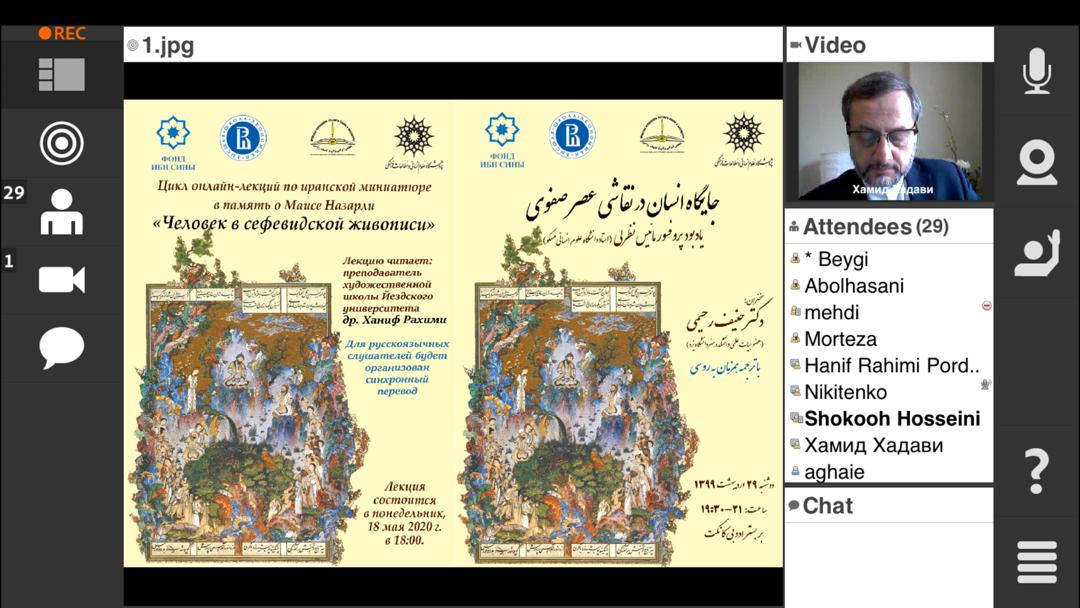
The speaker of this commemoration was Dr. Hanif Rahimi, a faculty member of Yazd University's Faculty of Art, who has a PhD in comparative and analytical history of Islamic art and as an expert in the historiography of Iranian painting.
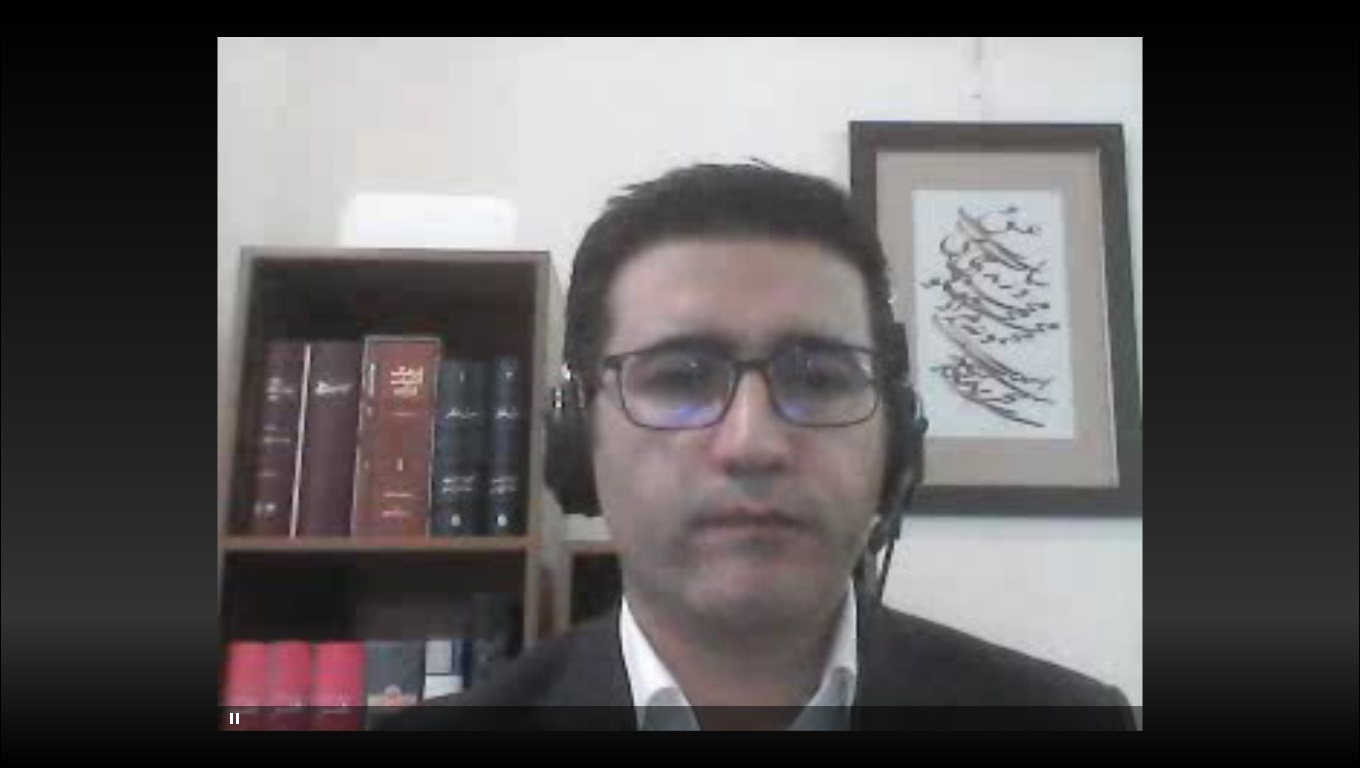
The speech will be summarized below;
“There is a clear distinction between the relationship of human and nature in Eastern (Chinese) painting and European painting. The human of Eastern painting is immature in nature, and the European man is the center of everything and dominates nature. This relationship, however, reaches equilibrium and interaction in Iranian painting, and the culmination of this balance and human interaction with nature among the Iranian schools of painting appears in the Safavid School of painting.
But the manifestation of this human himself is not the same throughout the Safavid School, and ranges from the half-god and holy human embodiment to the earthly human being with a name and a sign, and finally anonymous and invisible human beings. And all this is a reflection of the comprehensive economic, political and social developments that have shaped the material conditions of the artist's life, and through this they have found their way to the works of painting.
The tumultuous period of the Safavid rule (1501-1722) saw ten kings and three capitals. The founder of the Safavid dynasty, Shah Ismail, quickly became a sacred and complex figure and a myth for those around him (the Ghezelbashes) who were compared to the kings of myths such as Kiomers (a preceptor of the Iranian man) and Alexander. Following him, his son and successor, Shah Tahmasb, was like him, and with his asceticism, repentance, and repeated repentance, became the ideal king, as far as he was compared to Khosrow Anushirvan, the famous and righteous king, and Bahram Gour during the Sassanid period.
Following a series of internal conflicts over the succession and inappropriate and ugly actions of kings such as King Ismail II, this sanctity was destroyed and the kings were considered as human beings, neither holy nor half-gods. And less adapted to the preceding examples. This became more apparent in the case of Shah Abbas the Great, who became involved in the development of trade, economy, and urban planning and was constantly appearing in public.
With extensive economic developments during the reign of Shah Abbas the Great, the new urban structure, the growth of the middle class (or, if we can say the bourgeoisie), the internationalization of the city of Isfahan and the movement of Europeans, including politicians and merchants and the import of new goods and tools, religious tolerance And the multiplicity of population in Isfahan created new material conditions that forced the painter to change.
The new style of painting (called Westernization) became popular with the court, and the painter voluntarily distanced himself from the court and turned to the heart of society into the middle class. This is in the midst of the situation which Reza Abbasi and his human by one-man corps came into being, and his style was continued only by a generation of his students. Since then, painting has ceased to exist and the process of Westernization continued until it reached the Qajar court and the style of court sculpture”.
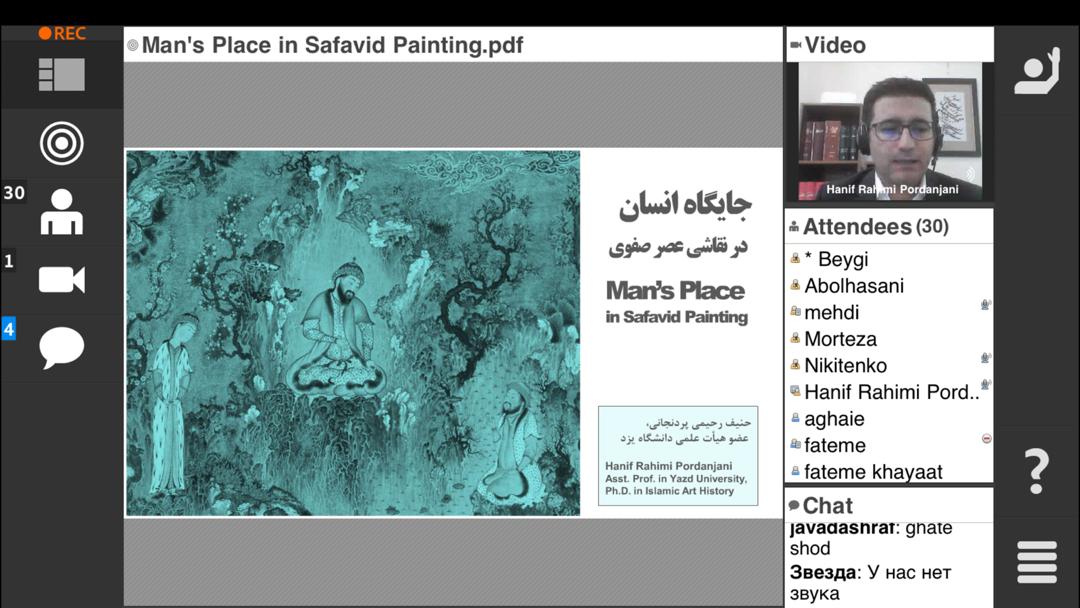
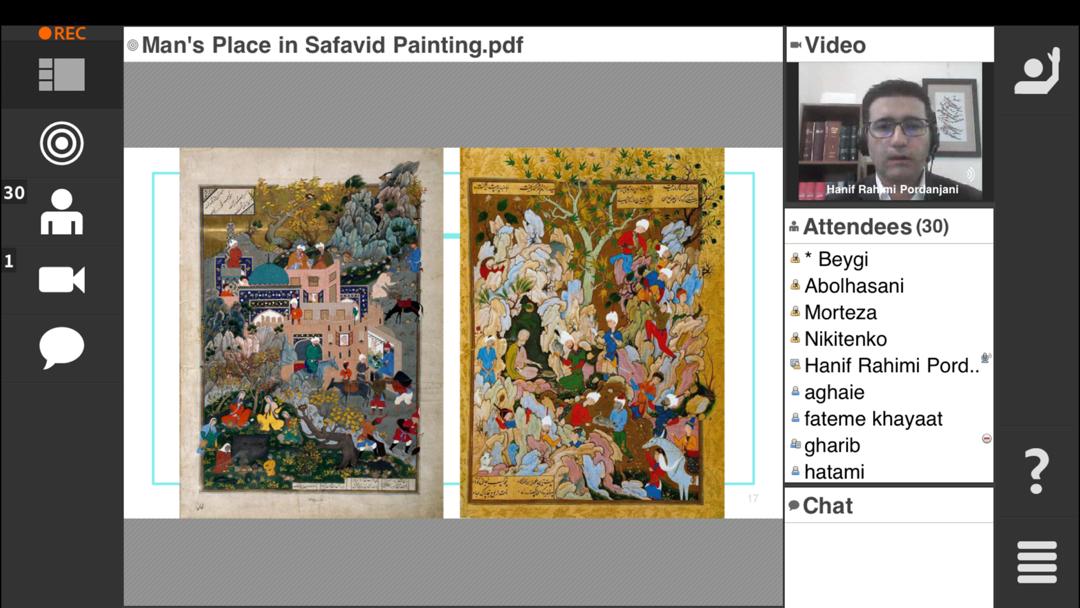
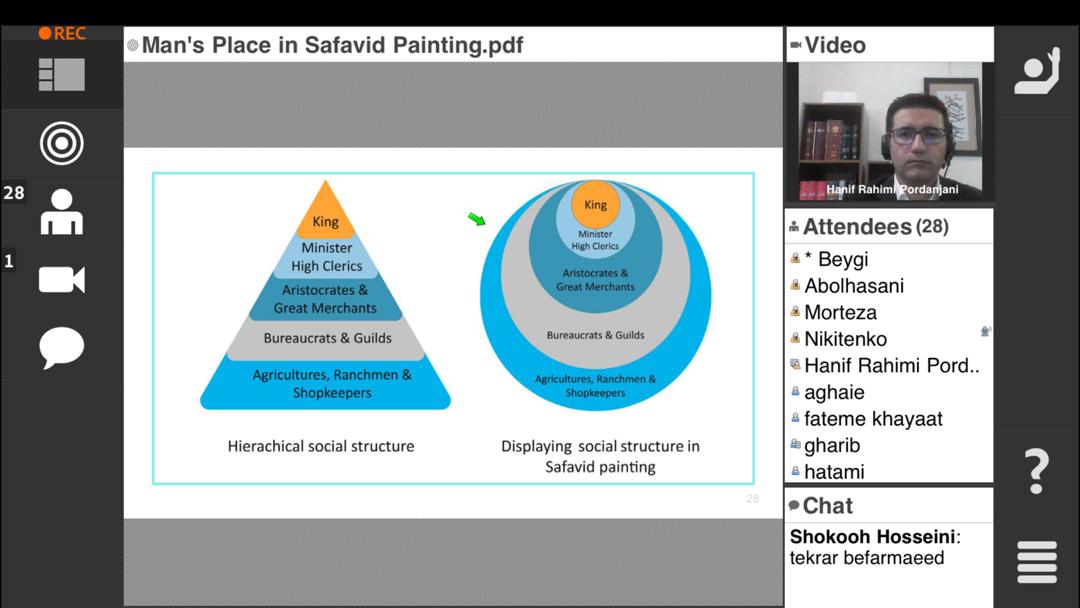
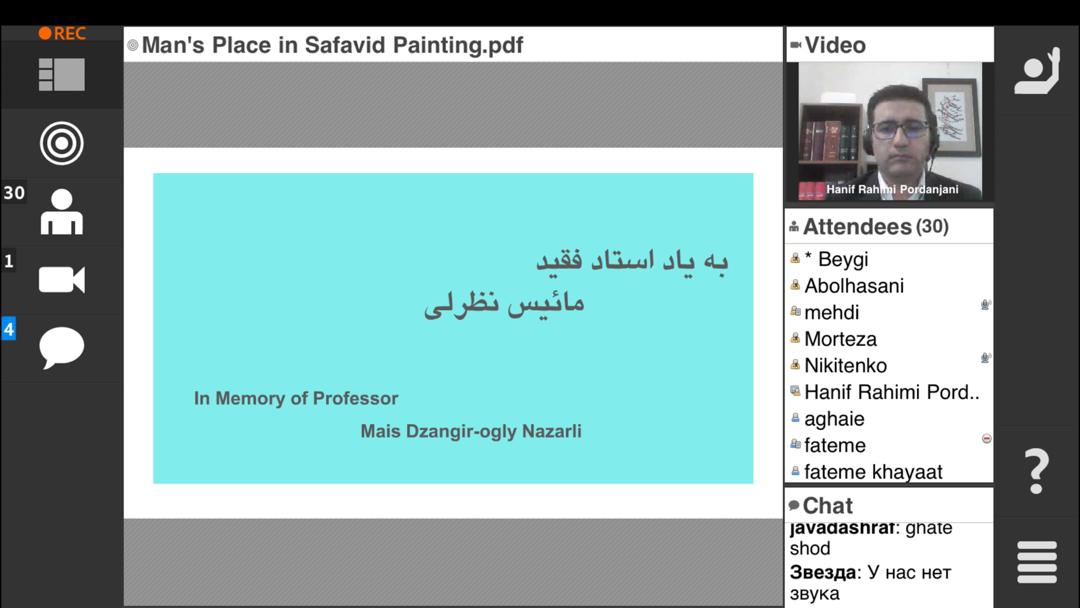
The meeting continued with Andre's speech and the commemoration of Professor Mais Nazarli and the broadcast of two clips of his works and Persian writings.
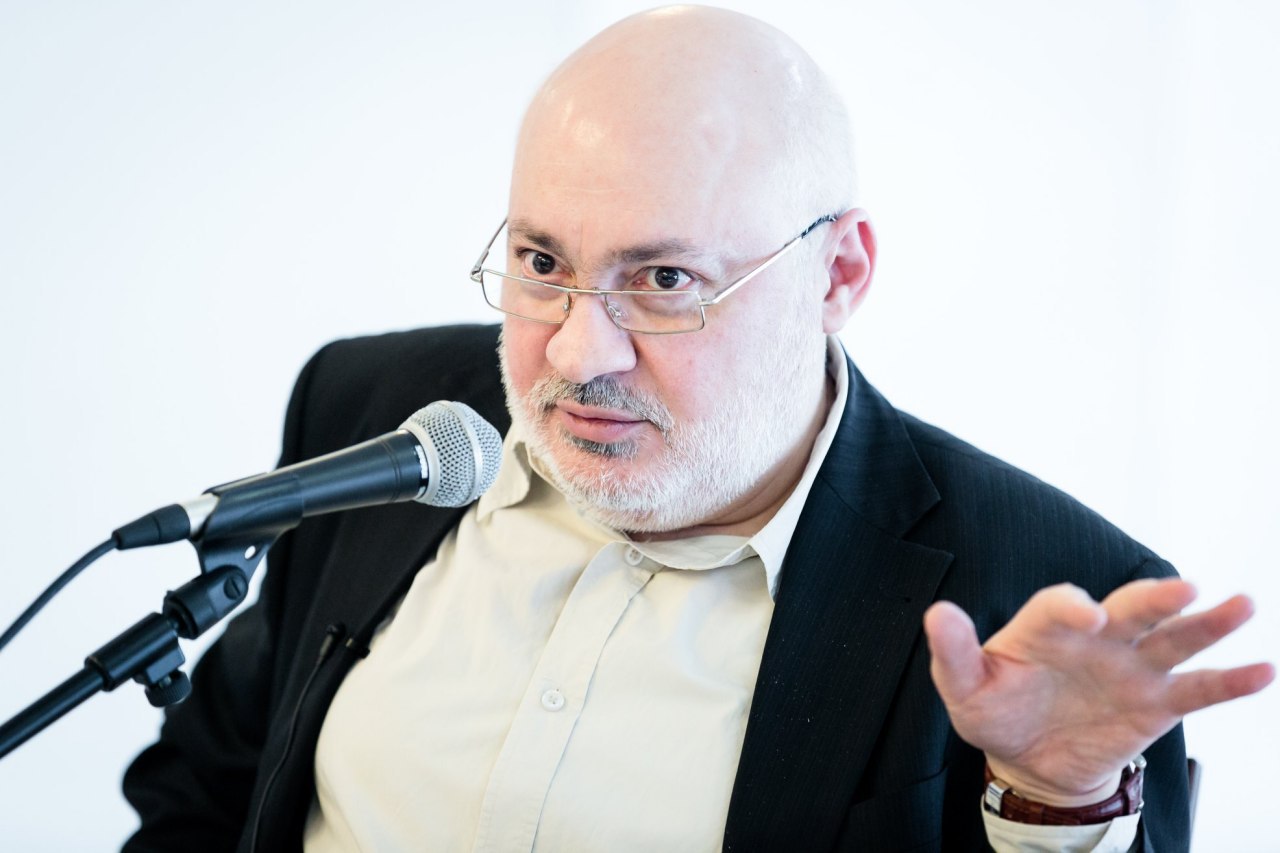
Professor Mais Dzangir-ogly Nazarli was a doctor of art criticism, a senior researcher at the National Research University Higher School of Economics, and a miniature expert on the Safavid era, who left more than thirty works. His articles include "The Problem of Interpretation of the Creative Method of Safavid Painters", "The Problem of Reconstruction of Isfahan's Chehelston Complex", "Historical Field of Literary Illustration", "Problems of Interpreting Eastern Cultural Works", "Cosmology and Creation in 16th Century Safavid Painting". "Invisible Happiness: Miniature and Muslim Psychotherapy", "Royal Spirit in Safavid Painting", "The Aesthetics of Existence and the Aesthetics of Text in the Cultures of the Middle East", "Infallibility; Safavids in 16th Century Tabriz Miniature "and" Practical Purpose of Miniature Book of Tabriz Court in 16th Century ". Book Dva mira vostočnoj miniatûry: problemy pragmatičeskoj interpretacii sefevidskoj živopisi [Double World of Iranian Miniature: Practical Interpretation of Safavid Painting], translated by Abbas Ali Ezzati is the result of the author's in-depth research in Iranian art which was published in 2012 by Academy of Arts Publications.
You can download the pdf of the speaker from here.

Your Comment :